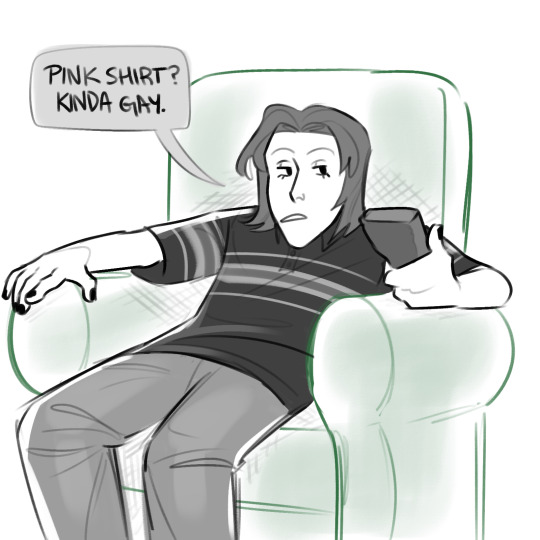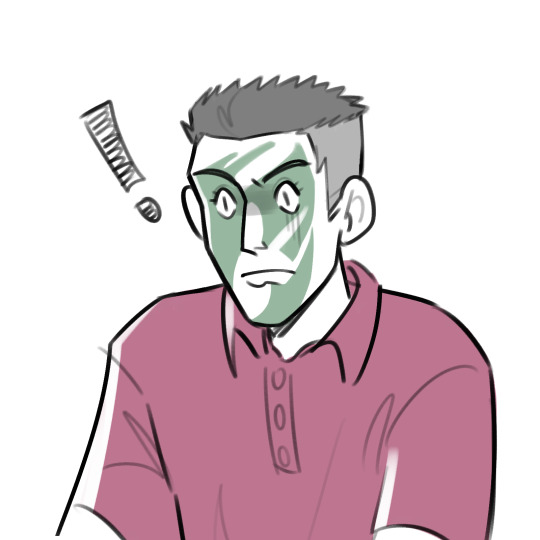Text








I am in my nostalgic era so this time I had my hands on the good old Java games.
So far I had downloaded TS2 (base game version and the Castaway) and TS3 (also the base game + the Supernatural version).
And man I had a blast with the Castaway and Supernatural versions!!! Always wanted to have them as a kid, but unfortunately I could only play on my friend's phone.
P.S the TS2 Base Game on Java is boring as hell, I'd rather watch paint dry on the wall than play it again. The TS3 Base Game is fine but the Supernatural version has everything the base game does + some additional gameplay mechanics.
77 notes
·
View notes
Text
I can't stop thinking about Pascal disappearing from social media bc he tried to confess to Nyon before moving out but didn't have the guts to do it and now he's too embarrassed to talk to him...... anyways. i love them.
29 notes
·
View notes
Text

Nyon: Wait let me get this straight... so you're... me? Nervous: [Nods] Nyon: No offense but... you look terrible. What happens to... us?


Nervous: Things. Lots of bad things. Long story. Nyon: Oh. Can you tell me?
Nervous: Let's walk.


3 hours later~

To be continued...
116 notes
·
View notes
Text

everybody has to be nice to nyon today and every day
1K notes
·
View notes
Text

HAPPY PRIDE MONTH
As every year this is a good date to remember the daily struggle for the rights of the LBGT+ community. It is also a time to learn about the people who made it possible for us to identify ourselves as who we are today without fear of reprisals or being punished by the law. This month I got involved in the history of Argentina and its different movements for the fight for rights through the 20th century. Here I come to share some important figures, some more known than others, but obviously there are a lot that I have left out of this publication.

Sara Facio (1932-2024) & Maria Elena Walsh (1930-2011)
A couple of intellectual artists that would need a separate publication to go deeper into the subject. Sara is one of the greatest Latin American photographers who with her camera contributed to the creation of the most outstanding photographic heritage of the country. Maria Elena is a writer, singer and composer whose children's songs resonate to this day because they are much more profound than they seem and are still relevant today.
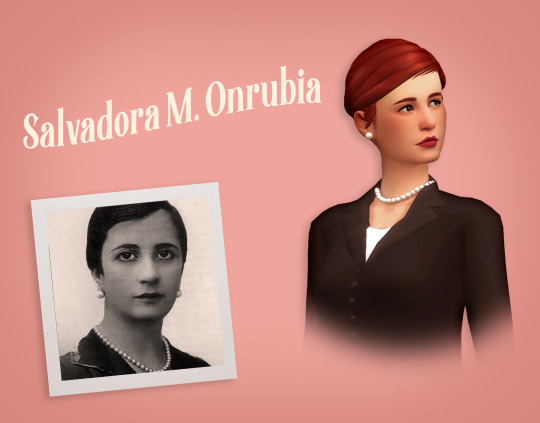
Salvadora Medina Onrubia (1894-1972)
She was a writer, militant anarchist, single mother and the first woman to run a newspaper in the country. She was the first Argentinean woman to dare to write about double sinners, lesbians and adulteresses. One of her most valued plays was Las descentradas, premiered in 1929. There, Salvadora honors her own contradictions, narrating women who question monogamous structures, marriage and the traditional family.

Malva Solis (1920-2015)
She was a transvestite writer who lived for 95 years when the life expectancy of this community in the country was under 40 years old. In 1951 founded the first trans organization on record, Maricas Unidas Argentinas. She has the oldest series of trans photographs in the country, dating from 1940 to 1980, when simply having those photographs at home was cause for being arrested. There is a documentary based on the photographs and conversations with her at her home called "Con Nombre de flor".

Jorge Horacio Ballve Piñero (1920-?)
Piñero was a young man from a well-to-do family of the Buenos Aires society at the beginning of the century. Together with his best friend Adolfo and Blanca, he organized gatherings in his apartment in Recoleta, and was a pioneer of male erotic photography. They mixed the privileged social class with workers, dishwashers, gas station workers, sailors and cadets from the Military College. These three characters were involved in a police case involving cadets from the military college, known as the Cadet Scandal. In the police archives remain captive the photographic collection, intended for pleasure and personal aesthetic enjoyment that tragically proved key to incriminate some friends who just wanted to have fun.

Ruth Mary Kelly (1925-1994)
She was a bisexual woman, who worked as a "Wohoo Worker". Founder of Grupo Safo in 1972, the first Argentine lesbian organization, and of the Frente de Liberación Homosexual (Homosexual Liberation Front). In 1972 she wrote Memorial de los Infiernos about her experiences as a "Wohoo" worker and bisexual, persecuted by the psychiatric-prison system.

Manuel Puig (1932-1990)
He was an Argentine writer and LGBT+ activist, author of the novels Boquitas pintadas, El beso de la mujer araña (Considered one of the most recognized LGBT works in Latin America and one of the best works in Spanish of the 20th century) etc. He also fought against authoritarianism and machismo, and was one of the founders of the Homosexual Liberation Front in 1971, one of the first associations for the defense of LGBTQI+ rights.

Mariela Muñoz (1943-2017)
She was the first transsexual woman to be recognized by the state and given a female ID card on May 2, 1997. At the age of 16 she became independent, and it was then that she began caring for children, teenagers and single mothers. She cared for children who had been abandoned by their mothers, whom she loved and cared for. She raised, during her lifetime, 23 children and 30 grandchildren. In a dispute over the guardianship of 3 children in 1993, Argentina was confronted for the first time with the debate as to whether a transsexual person "could be a mother"

Carlos Jauregui (1957-1996) & Raul Soria
Carlos was a History professor and the founder of the Civil Association Gays for Civil Rights, organizer of the first Pride march in Buenos Aires and an essential figure for Argentine activism. In 1984, he broke with the schemes by appearing in the magazine Siete Días embracing the activist Raul Soria, a homosexual person assumed his sexuality in a public way for the first time. He believed that media visibility is fundamental for LGTB people. Leaving aside the fear and silence that other generations suffered for years. In 1985, Raul would present himself as the first gay candidate for congressman in the country.

Roberto Jauregui (1960-1994)
Brother of Carlos, was a journalist, actor and the first activist for the rights of people with HIV in the country. In 1989 he exposed the inequality in access to treatment at that time due to the price of medication. He played a central role in marches, actions, talks and interviews to demand human rights for people living with the virus. A well-known phrase of his is "Showing one's face is not easy in a society that discriminates, censures and separates".

Cris Miró (1965-1999)
Cris was the first visible trans people that appeared in the media and broke with the "transvestite" paradigm. A dental student, she got involved in the artistic underworld and later studied classical dance, musical comedy and acting. Her career was meteoric: the popularity of revue theater catapulted her to the small screen where she became a sought-after figure in the most popular programs. On June 23rd, a series about his life inspired by his biography was released, available on Prime Video.

Alejandro Vannelli (1948-) y Ernesto Larresse (1950-)
They were the first couple in the province of Buenos Aires to get legally married on July 30, 2010 after the Equal Marriage Law was passed. They met in 1976 because of a triple A bomb in the theater where Larresse was performing with Nacha Guevara, then he joined the cast of Vannelli. At the beginning they did not like each other because of Vanelli's appearance as a wealthy young man and Larresse was the opposite, but opposites attracted and they were a couple for 34 years.

Norma Castillo (1943-) y Ramona "Cachita" Arévalo (1943-2018)
They were the of South America's first gay marriage on April 9, 2010. Norma and Ramona were married to two Colombians, who were cousins to each other. During the dictatorship they both went into exile in Colombia and there they fell in love and lived their romance clandestinely, until Cachita separated and Norma was widowed by her husband. They lived their love freely and even opened an LGBT discotheque in Colombia. In 1998 they returned to Argentina and began to work in sexual diversity organizations.
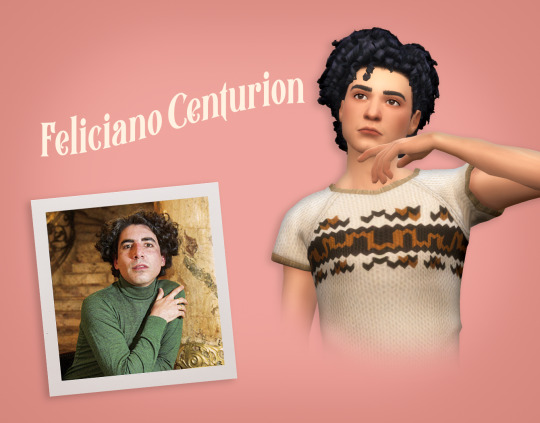
Feliciano Centurión 1962-1996)
He was a visual artist, a Paraguayan painter professionally trained in Argentina. He grew up in a home dominated by women, where he learned to sew and crochet. Inspired by queer aesthetics and folk art, he used to incorporate household textiles and references to the natural world. She handled kitsch art and languages not considered high art with a great deal of knowledge and sensitivity.

Humberto Tortonese (1964-) , Alejandro Urdapilleta (1954-2013) & Batato Barea (1961-1991)
Batato was an actor and "literary transvestite clown" as he called himself, one of the most important personalities of the underground theater movement of the post-dictatorship years. Together with Alejandro Urdapilleta and Humberto Tortonese, revolutionized the underground scene of the 80's - in places like the Parakultural. They disguised themselves, wore make-up and improvised delirious and strident scenes for the decade.

Sandra Mihanovich & Celeste Carballo
Sandra and Celeste are two singers who were visibly lesbians during the 80s and early 90s. Together they released the albums "Somos mucho mas que dos" and "Mujer contra mujer" which became a symbol of belonging for the whole LGBTQ arc in our country. They managed to be part of the rock scene, an area historically dominated by men. Sandra among all her songs is "Soy lo que soy" released in 1984 composed by Henry Jerman.
331 notes
·
View notes
Text
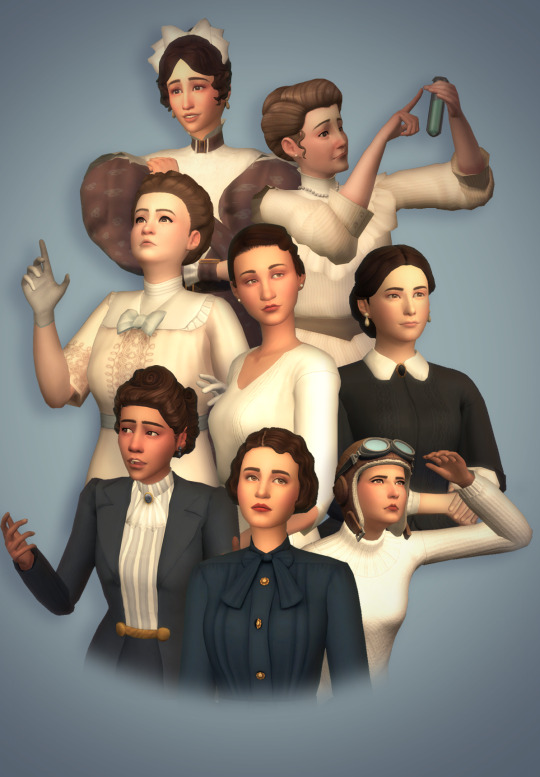
INTERNATIONAL WOMANS DAY
Today is a day to commemorate the figure and history of women that was so much displaced and ignored over the centuries. I as a cis man must accompany from a secondary place.
For my part I want to show more about the history of my country and I thought it was good to share Important and iconic women of Latin American history, specifically Argentina.
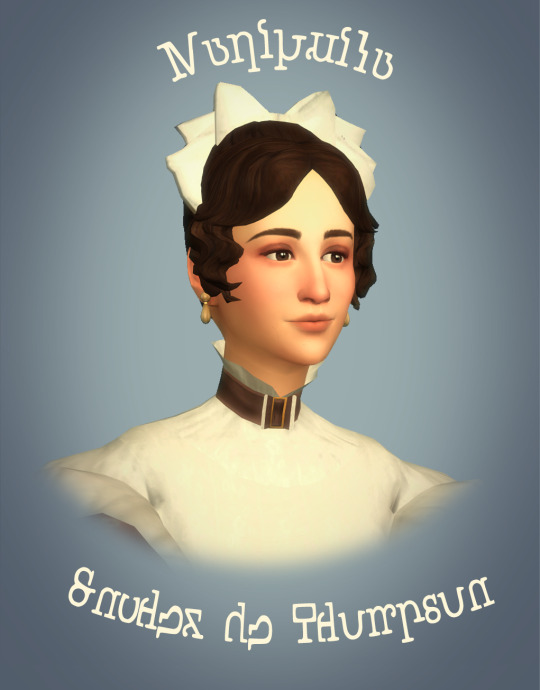
Mariquita J. P. Sánchez de Thompson. 1786-1868
Daughter of the Buenos Aires aristocracy, remembered in the Argentine tradition as the "Great National Hostess" for her gatherings where the National Anthem was sung for the first time in her home. He refused an advantageous marriage to marry his cousin, his entire story could be a novel by Jane Austen.
She managed for women to reflect on topics forbidden to them at that time. She embraced freedom, celebrated the revolution of 1810, defended education for women and was part of the Society of Beneficence of Buenos Aires.
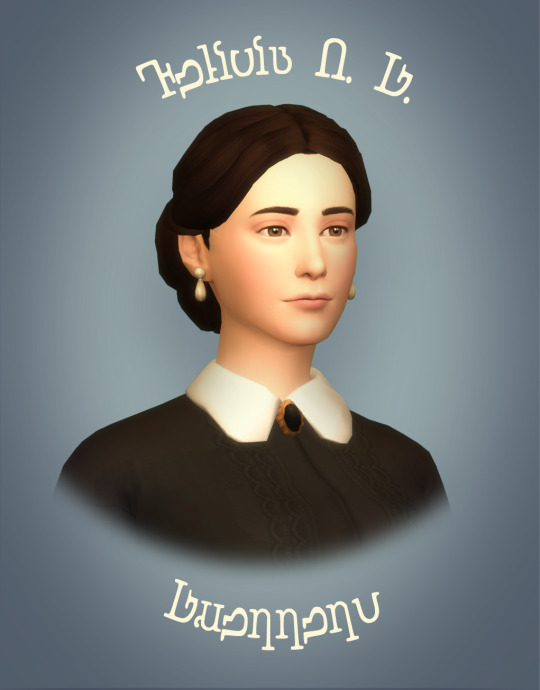
Felicitas A. G. Guerrero. 1846-1872
She is the most dramatic murder story in Argentine history. She married for convenience when she was 18 and her husband 50.. At only 25 years old, she became an extremely wealthy widow, owner of large fields in the province. Her youth, beauty and heritage made her one of the most desired women of the time.
Enrique Ocampo was from a well-known aristocratic family and was attracted to her although Felicitas never took an interest in him. She met Samuel Sáenz Valiente, who would be her fiancé in 1872. A big engagement party was held at the Guerrero family home. The young woman was intercepted in her bedroom by Ocampo.
Unable to persuade her to marry, he drew a gun on her. She wanted to leave the room and when she turned around she was shot in the back and fell to the floor. There are two versions of what happened next: They say that Ocampo committed suicide and another that Felicitas' brother and cousin killed him.
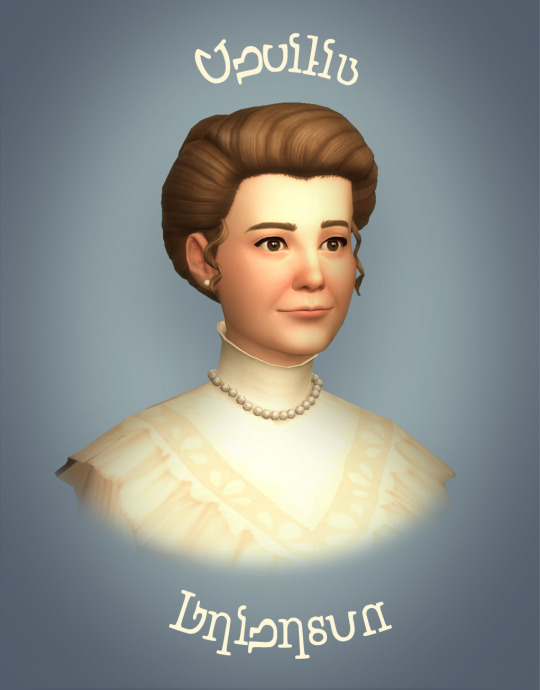
Cecilia Grierson. 1859-1934.
She was the first female doctor in Argentina. Teacher, doctor, tireless educator, she was a pioneer in the field of obstetrics, kinesiology, first aid diffusion and much more.
From a family of Scottish immigrants, at 14 years old she had to take care of a rural school that his mother had to open to support the whole family. In 1874 when a friend became ill, Cecilia wanted to find the remedy to cure her of a chronic disorder.
Armed with an iron will, she was admitted to medicine and graduated in 1889. She worked at the San Roque Hospital where she was a gynecologist and obstetrician but not a surgeon, a specialty that was denied because she was a woman, despite having the qualification to practice that specialty,
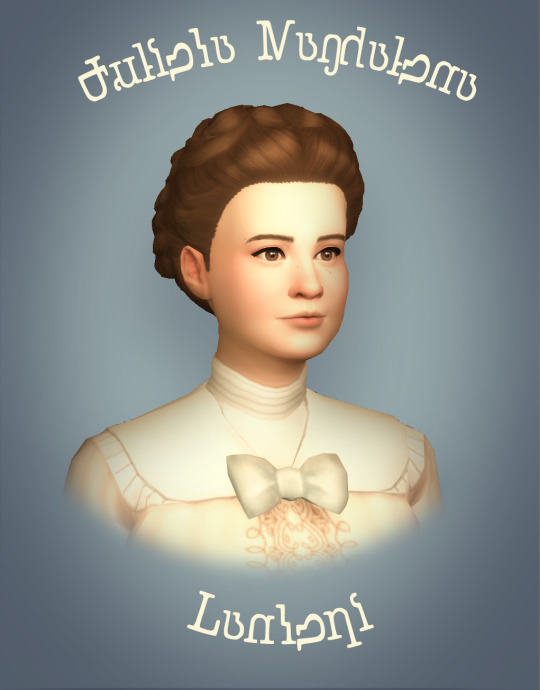
Julieta Lantari. 1873-1932
She was the first woman to vote in Argentina and Latin America. Founder of the National Feminist Party, she was a banner in the struggle for women’s rights.
She was the first woman to enter and graduate from the Colegio Nacional de La Plata, exclusively for boys. In 1896 he applied to the dean of the Faculty of Medicine for a degree and graduated from pharmaceuticals in 1898. She denounced the inhuman conditions of women workers, demanded the right to divorce, pursued equal rights at all levels, political, legal, labor and civil.
She was the first woman candidate for deputy in Argentina, for the National Feminist Party. although by law she could't accede to the position. She promised to fight to sanction maternity leave, to grant a child allowance, etc.
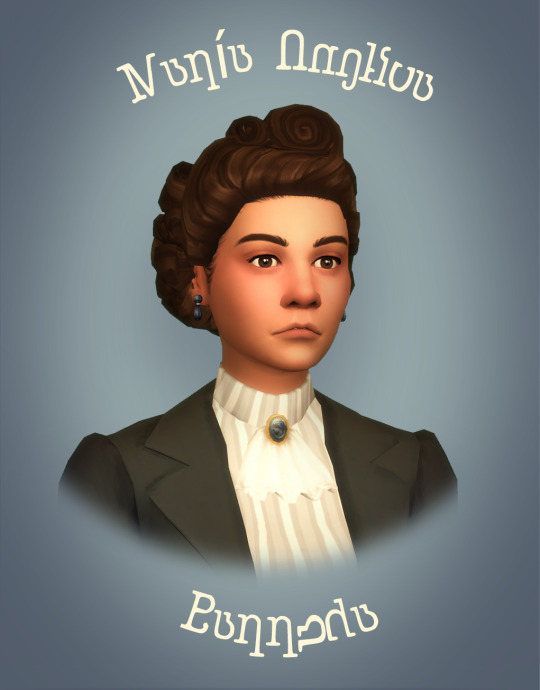
María Angélica Barreda. 1882-1963.
She was the first lawyer in Argentina. At the age of 23, she graduated as a lawyer from the Faculty of Legal and Social Sciences in 1909. She wasn't allowed to practice as a lawyer because they thought she had a capitis deminutio, (a decrease in capacity by nature,because she was a woman.)
Persons with authority were against her. At that time there was no law that could defend it, invoked in self-defense the Constitution which guarantees the freedom to learn without discrimination according to gender. The Supreme Court eventually authorized her to enroll and swear as a lawyer.
She was an activist in the struggle for women’s rights and participated in the Association of Argentine University Women. One of his many phrases was: "You can not go back to destroy a conquest. The woman has won her position and no one can hinder her passage".
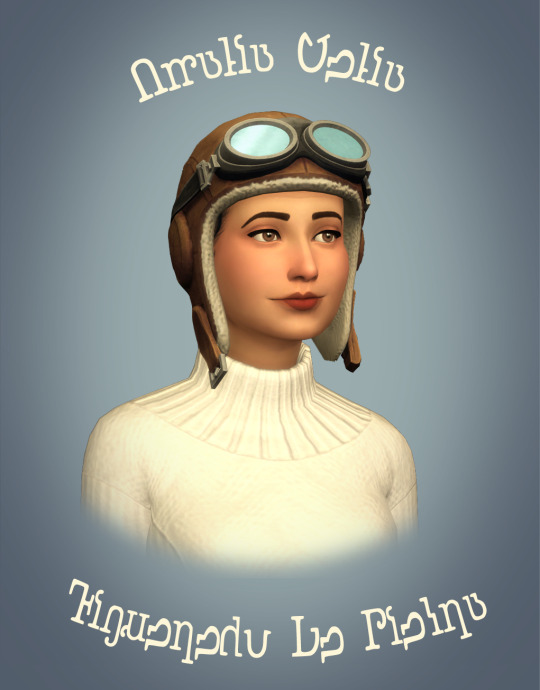
Amalia Celia Figueredo de Pietra. 1895-1985.
She was the first female aviator in Latin America. She was born in Santa Fé, Argentina. At the age of 19 he moved near the Villa Lugano airfield, where he met the famous aviator Jorge Newbery with whom he made his first flight. He scored in May of that year at the San Fernando School of Aviation.
In September 1914 he attempted a first exam but had an accident. It is said that 48 hours before he was loosened the tensioners of his plane, so being seventy meters high he lost control but managed to descend slowly. In October she showed what she knew how to do. With a fluency that surprised the examiners. Amalia became the first female pilot in Argentina and South America. At that time, there was hardly any lady driving in the streets.
In 1916 he married Alejandro Pietra and from there he devoted himself to the raising of children. Although she was widowed in 1928, she had been in charge of her two children. She never left the aeronautical activity.
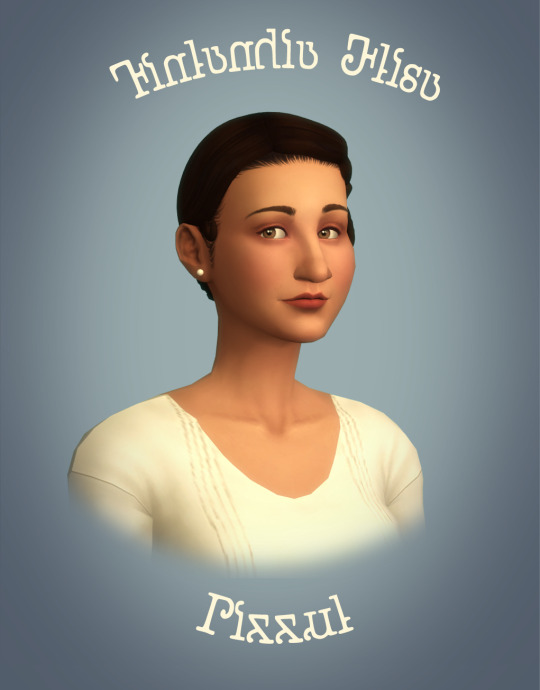
Finlandia Pizzul. 1902-1987.
She was the first female architect of Argentina in 1929. Filandia, like other pioneering women in the profession, was very active in the Central Society of Architects. According to her the woman was more prepared for the domestic architecture, however she worked and was director of areas of public agencies that were not dedicated to the housing, also projected hospitals
Among other positions she held were Director General of Workshops and Conservation of the Ministry of Public Health of the Nation and Director General of Conservation of the Ministry of Public Works of the Nation.
"The woman is well aware of the needs of the household. She knows perfectly what are the indispensable needs, what aesthetics; it is she who spends most of the hours inside her house. The man is a character of the callus"
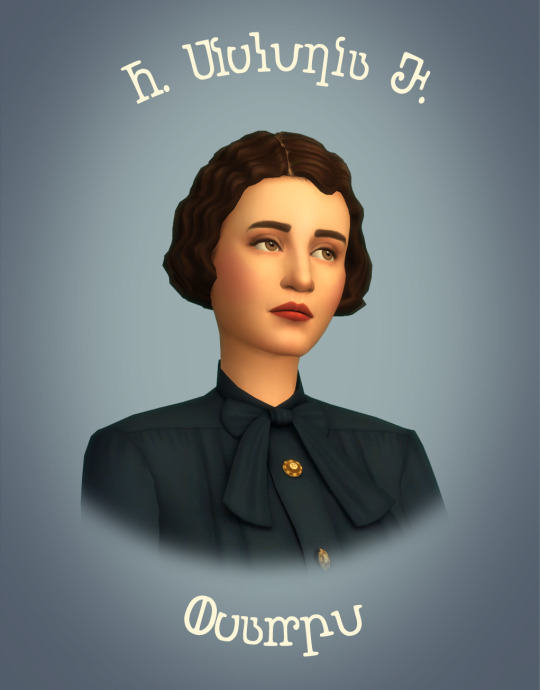
Victoria Ocampo 1890-1979
R. Victoria E. Ocampo was an Argentine writer, essayist, translator, editor, philanthropist and patron. She published books such as La laguna de los nenúfares. was one of the great protagonists of the culture of the Twentieth Century.
She transgressed the borders imposed on women throughout her life, inaugurating a space of freedom unprecedented in the society of her time. She founded in 1931 the magazine Sur. From its pages he spread the works of the great creators and intellectuals of Argentina and the world.
She voiced her voice in the face of injustices and persecutions of all kinds, encouraged discussions and projects aimed at encouraging dialogue between cultures, fought for gender equality, tolerance and peace in a world convulsed by violence.
386 notes
·
View notes
Text
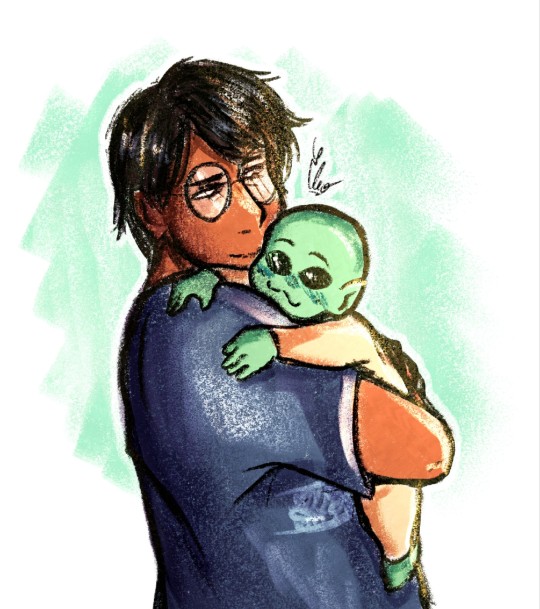
Oh to be an alien baby being held by your mpreg father
391 notes
·
View notes
Text
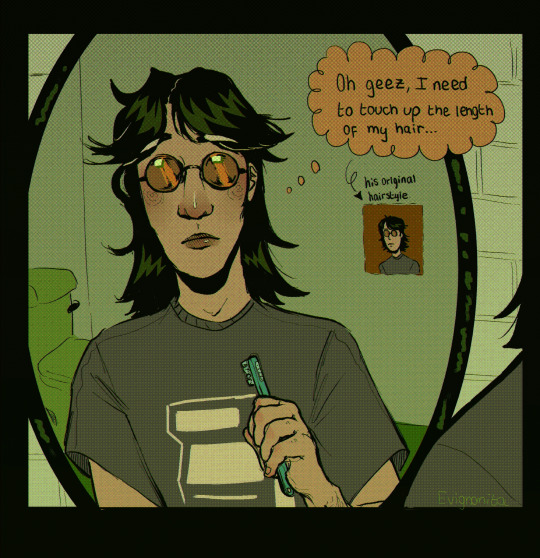

Hc: Pascal had his mullet until the end of his 29 years, then he lost it 😢💔
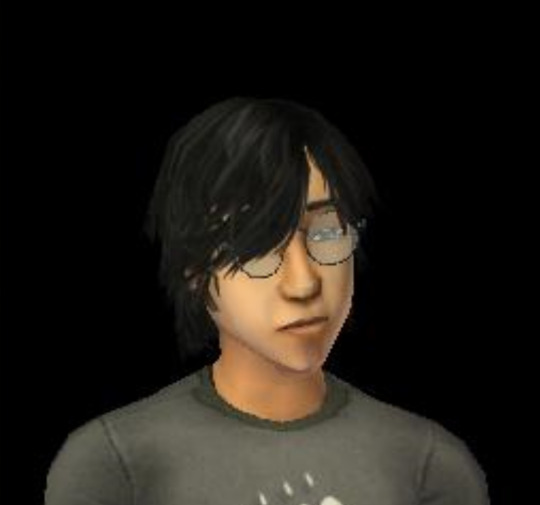
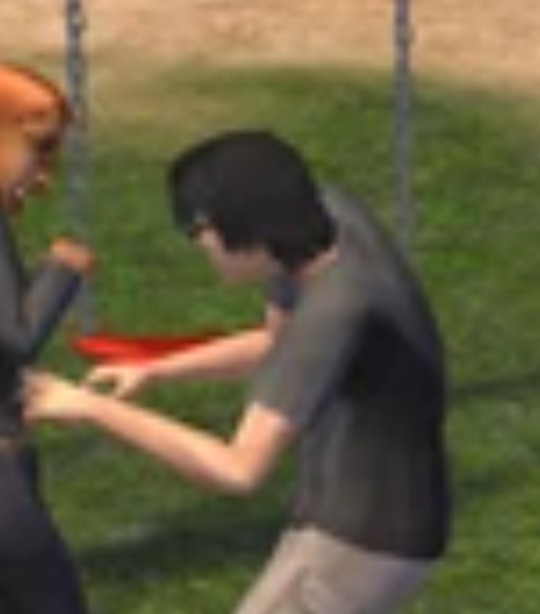
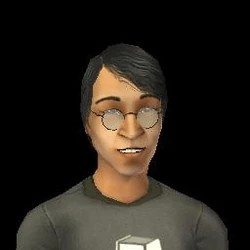
619 notes
·
View notes
Text
i got carried away playign sims 4 today help






11 notes
·
View notes
Text


started a new save file and wanted to show my progress somewhere, so
Welcome to Dulce Farm ♡
8 notes
·
View notes







